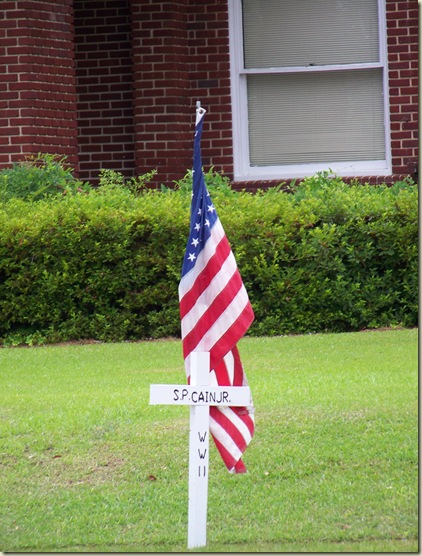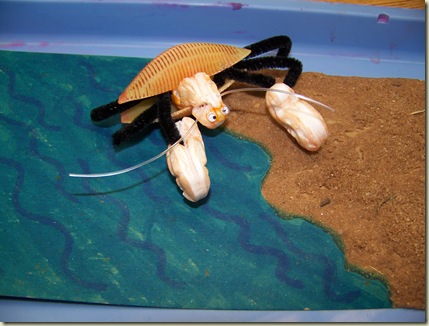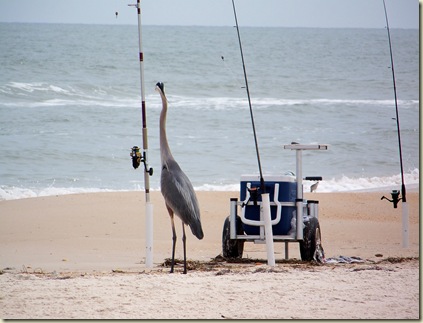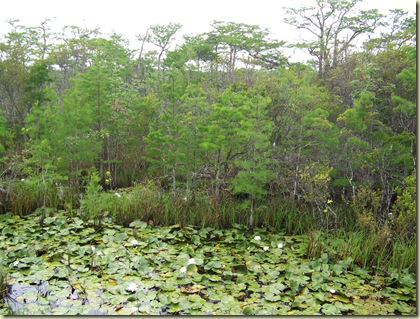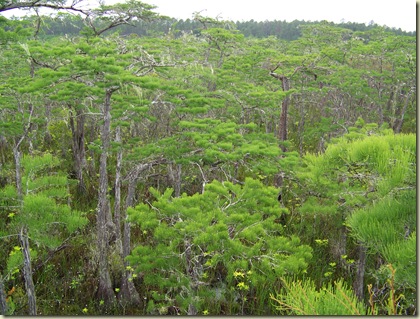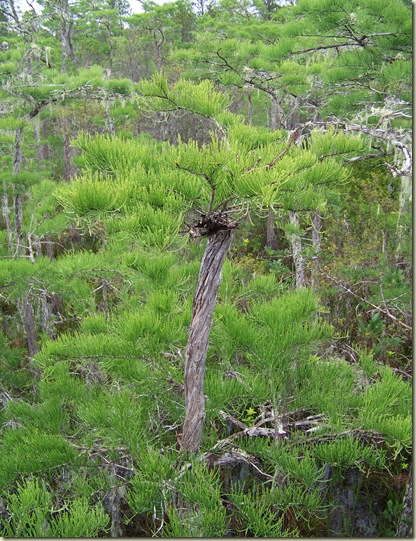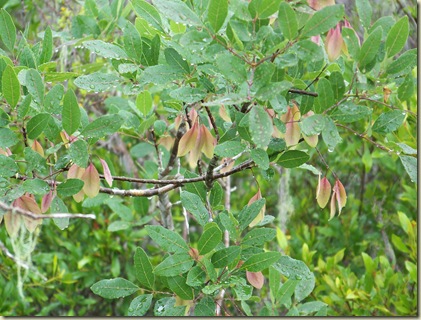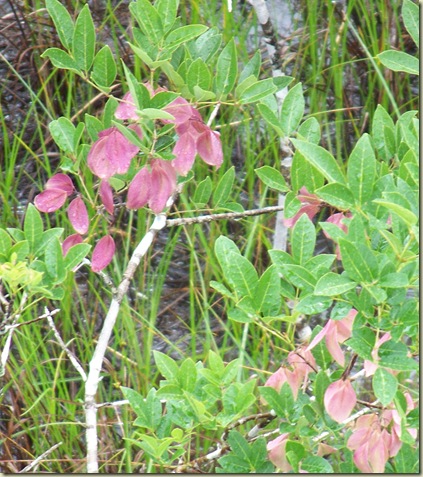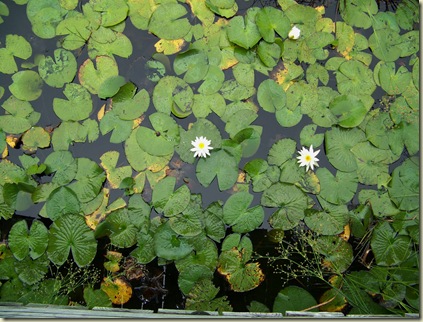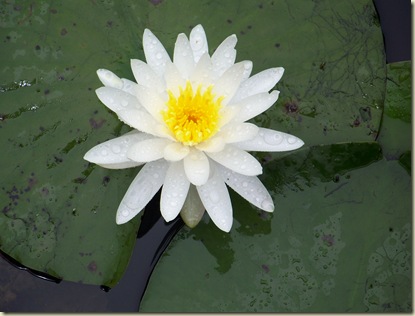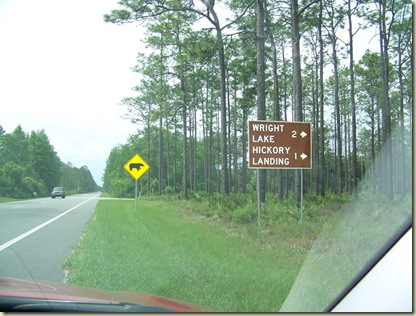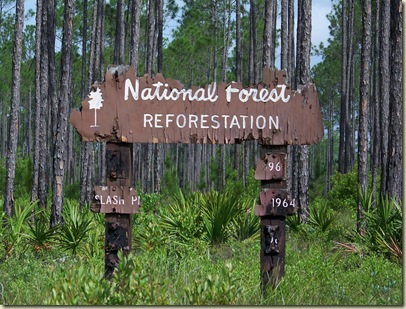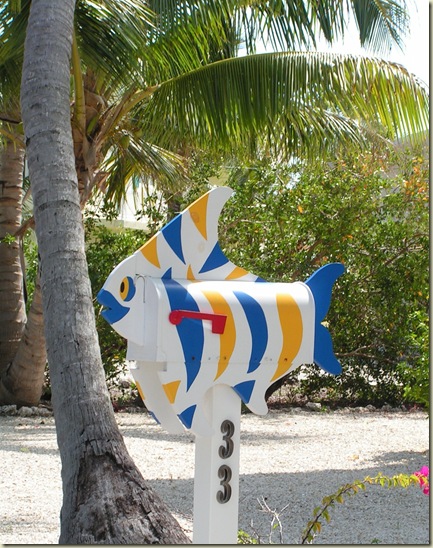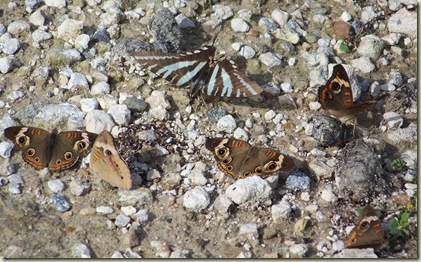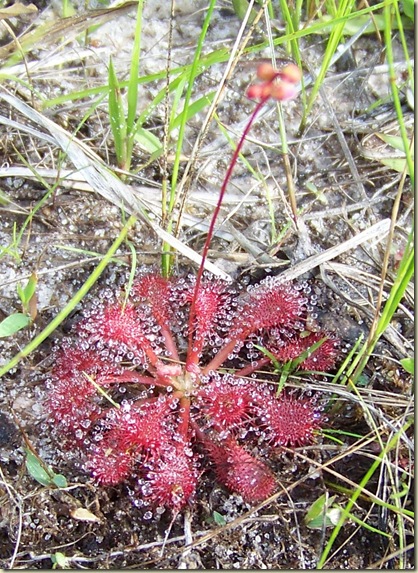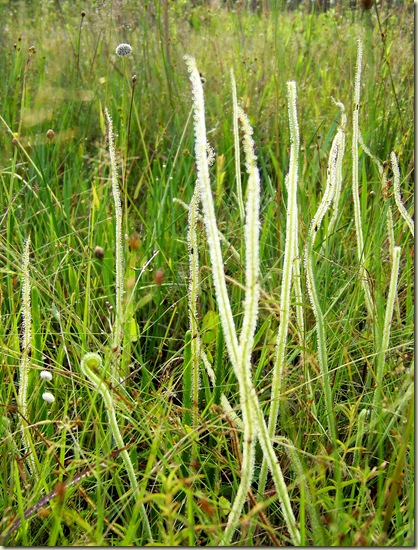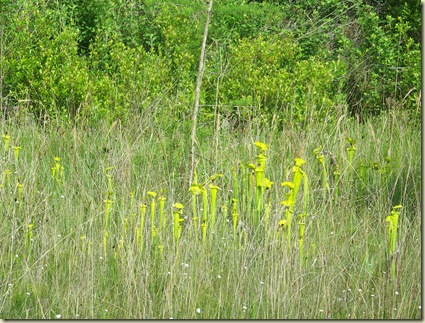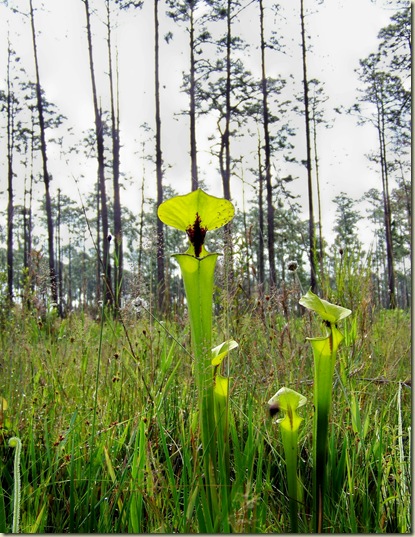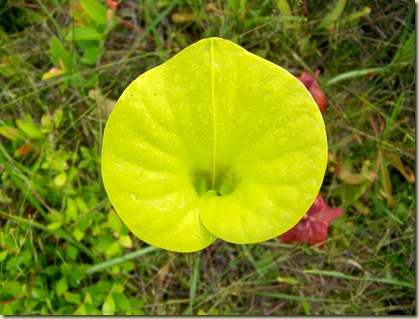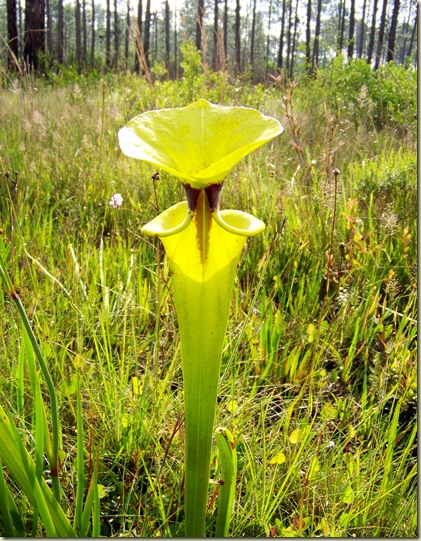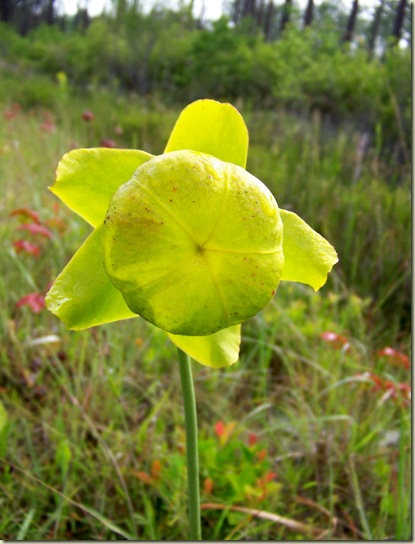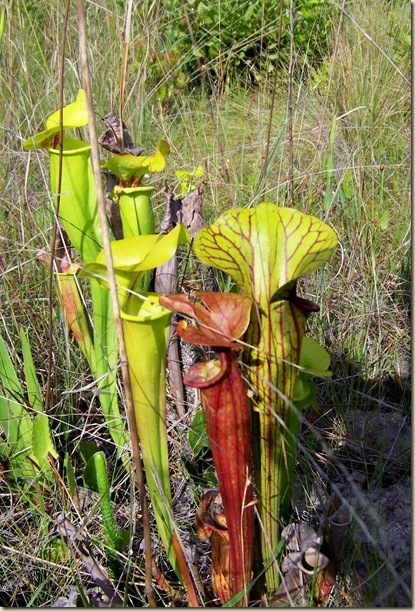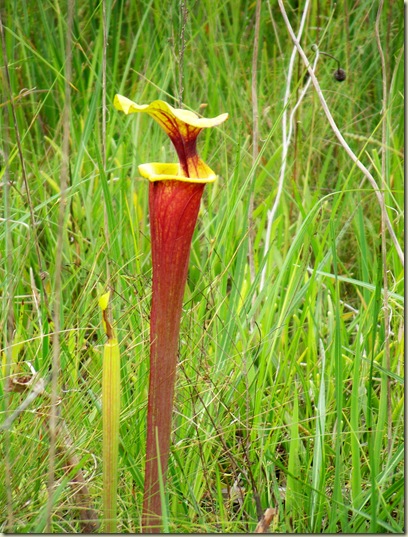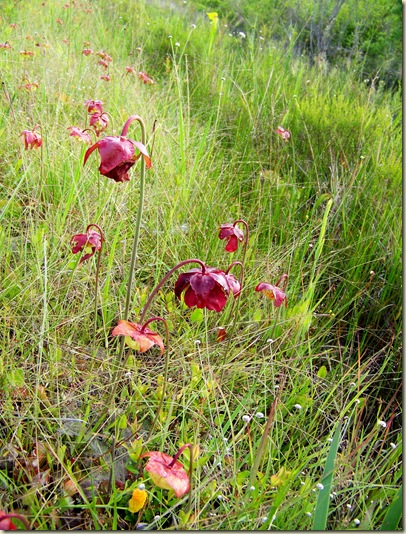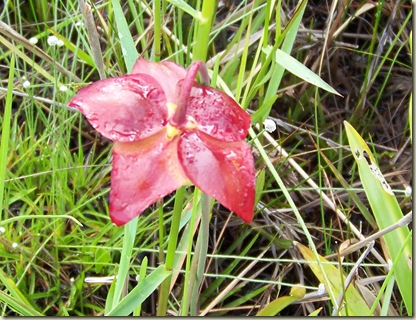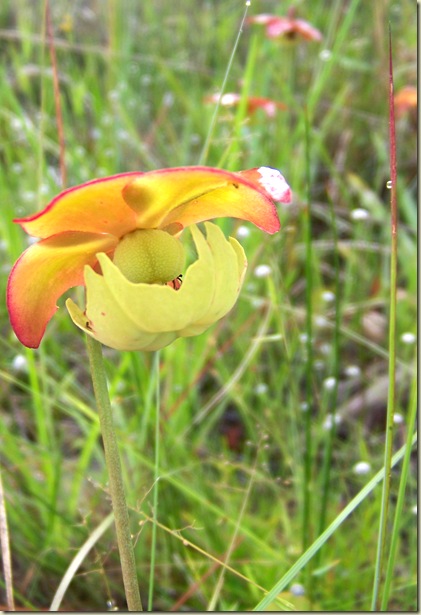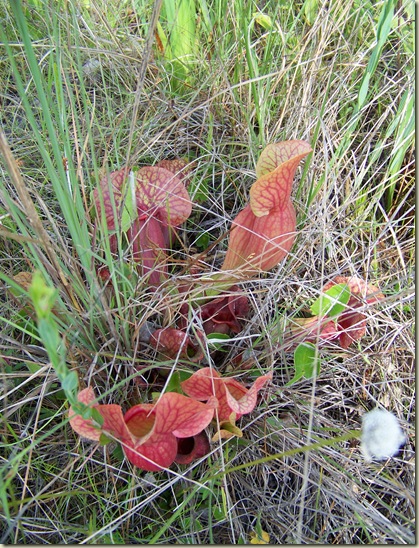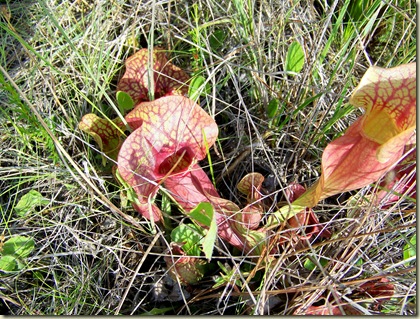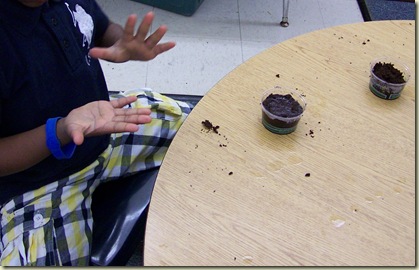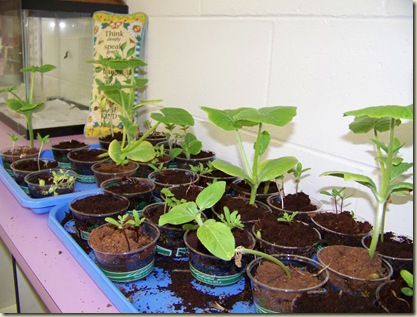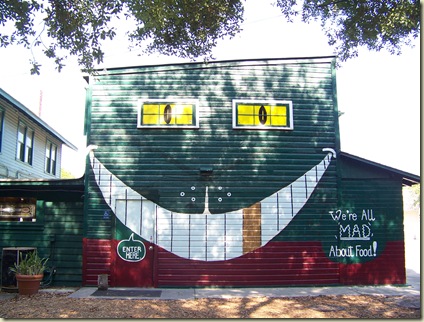Some places along our highway in Liberty County had signs indicating they were wildflower preservation areas.
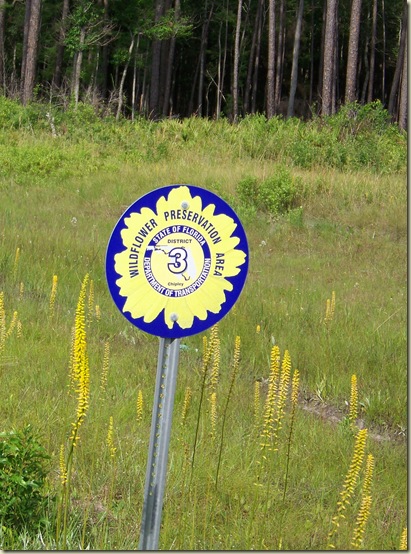
Yellow colic root (Aletris lutea) was everywhere. (My camera is auto-focus only, which works well most of the time. But I can have trouble at times. Sometimes it took B’s jeans to form a background to get these flowers in focus.)
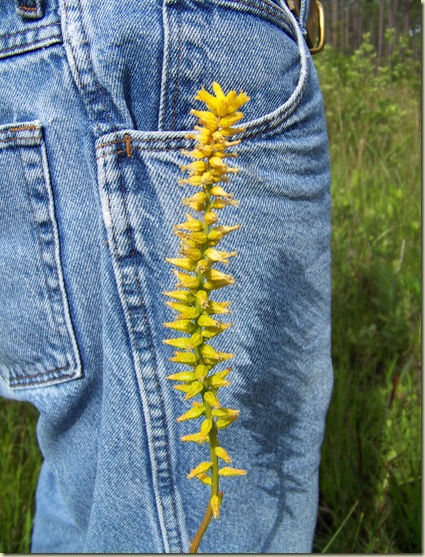
Aletris obovata is a cousin. These are in the lily family.
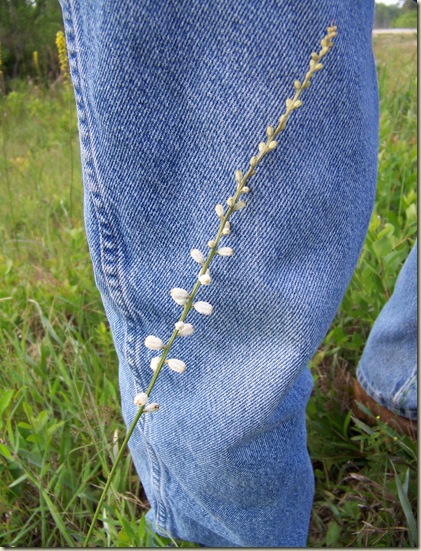
Below is Spring Ladies’-tresses (Spiranthes vernalis), which is an orchid. B sometimes comes across these growing in lawns.
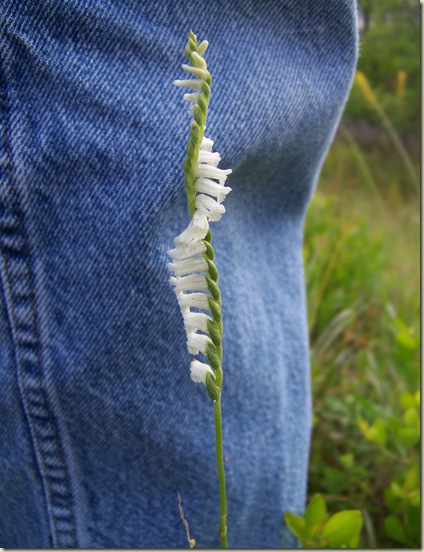
We think this is a grass pink (Calopogon tuberosus). It is another wild orchid, but there are a couple of VERY similar flowers to choose among.
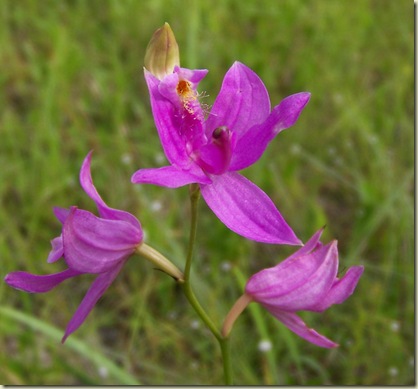
Wand Blackroot (Pterocaulon virgatum) contains coumarin which can be used to produce anticoagulants (Coumadin), as well as perfumes and rat poisons. A rather versatile little compound, wouldn’t you say?

So here is how the vision goes in my head:
A Volvo with dead paint is flying down a country highway, when the driver suddenly slams on the brakes, bringing the car to a screeching halt ( it IS a Volvo!) on the side of the road. Out of the car jumps a small East Indian man, balding and bespectacled, still wearing his lab coat. In his haste, he leaves his car door open. (Two deer flies and a horse fly enter his car, but he does not notice.) He runs to a small plant with odd white flowers growing just a couple of yards from where he stopped his car. He kneels, putting grass stains and a little mud on the front of the white lab coat. He is oblivious to that as he exclaims to no one, “Just look at it! It’s a Pterocaulon virgatum! The very plant I have been searching for! I’ll use it to make heart medicine! Or if that doesn’t work out, I could always try it to see if dead lab rats could still smell good.
OK. I’m back.
Orange Milkwort (Polygala lutea) Polygala is Greek and means “much milk”. It was thought that cows that grazed on this pretty plant would produce much milk.
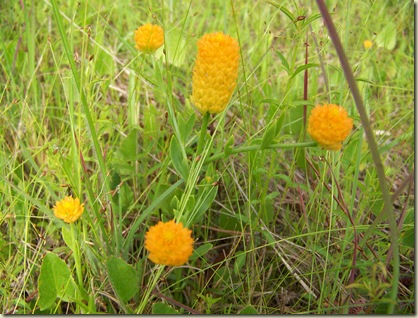
Rhynchospora latifolia is a sedge. Most of what we are looking at are bracts and not actually the flowers. (Poinsettias also have bracts.) Teeny flowers are in the middle. The number of bracts can vary.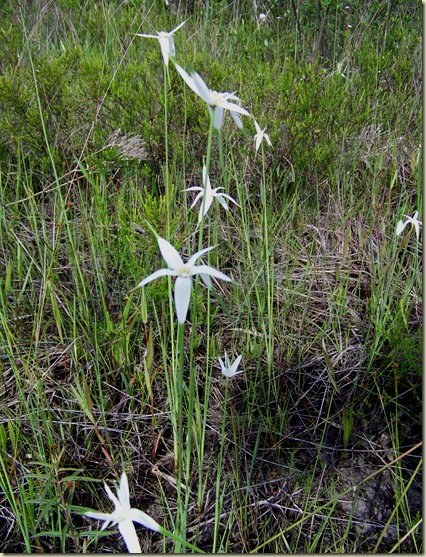
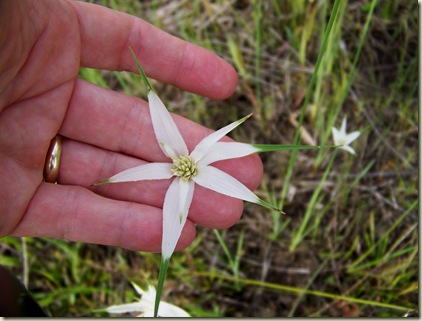
Blue flag iris (Iris virginica) was found only in a couple of spots.
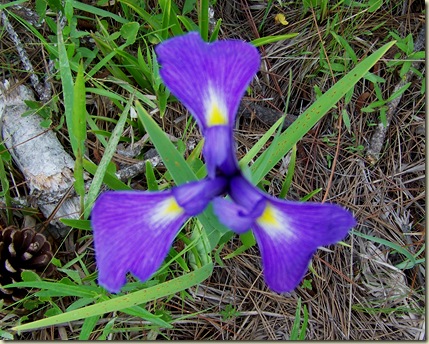
Roserush (Lygodesmia aphylla) is a sweet little flower that was new to us.
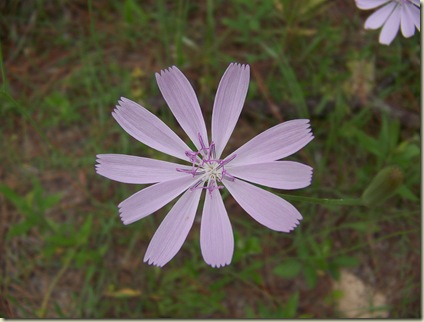
There were certainly many wildflowers besides the pitcher plants to be admired on our drive through Liberty County. These are worth preserving.

